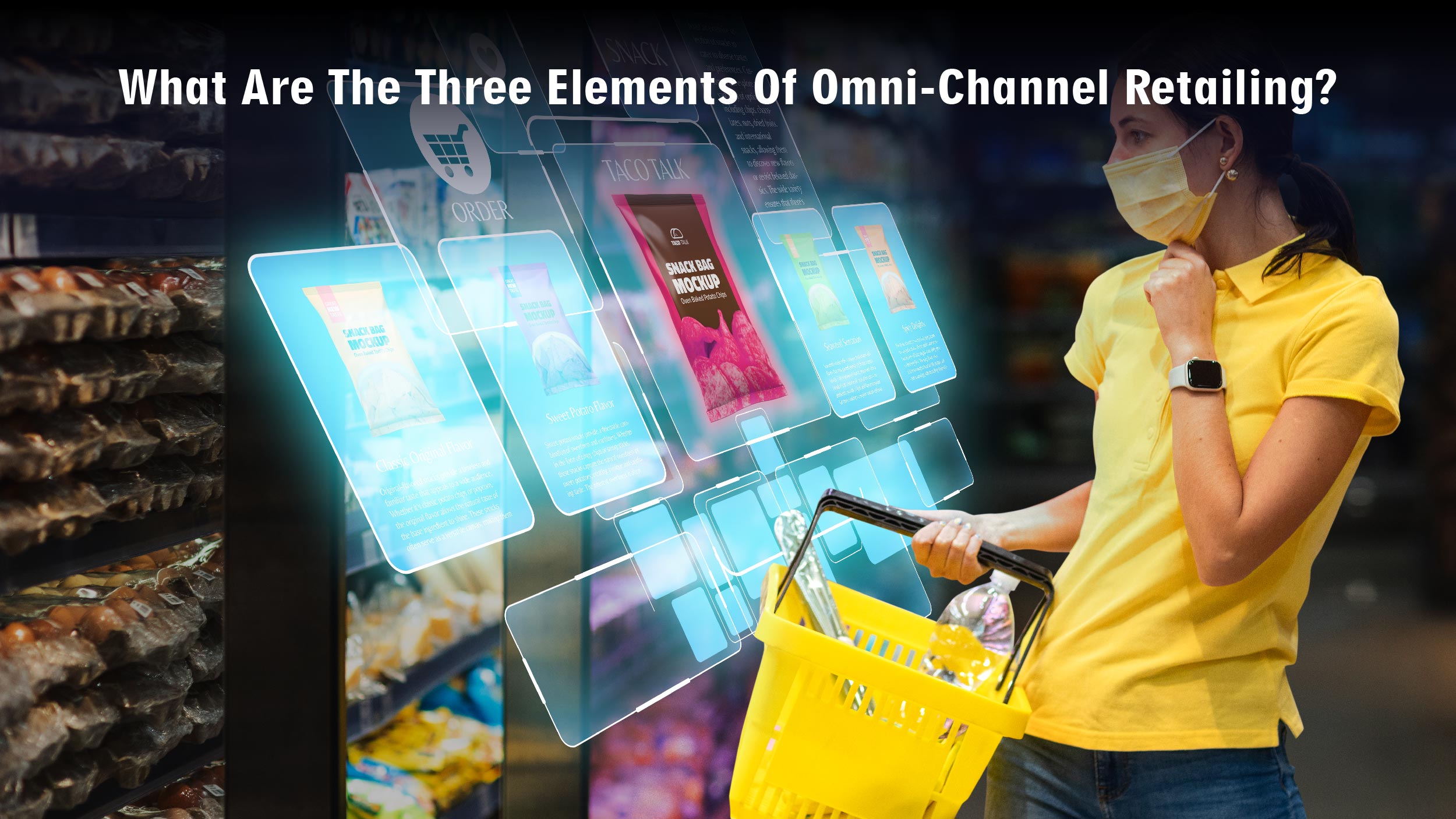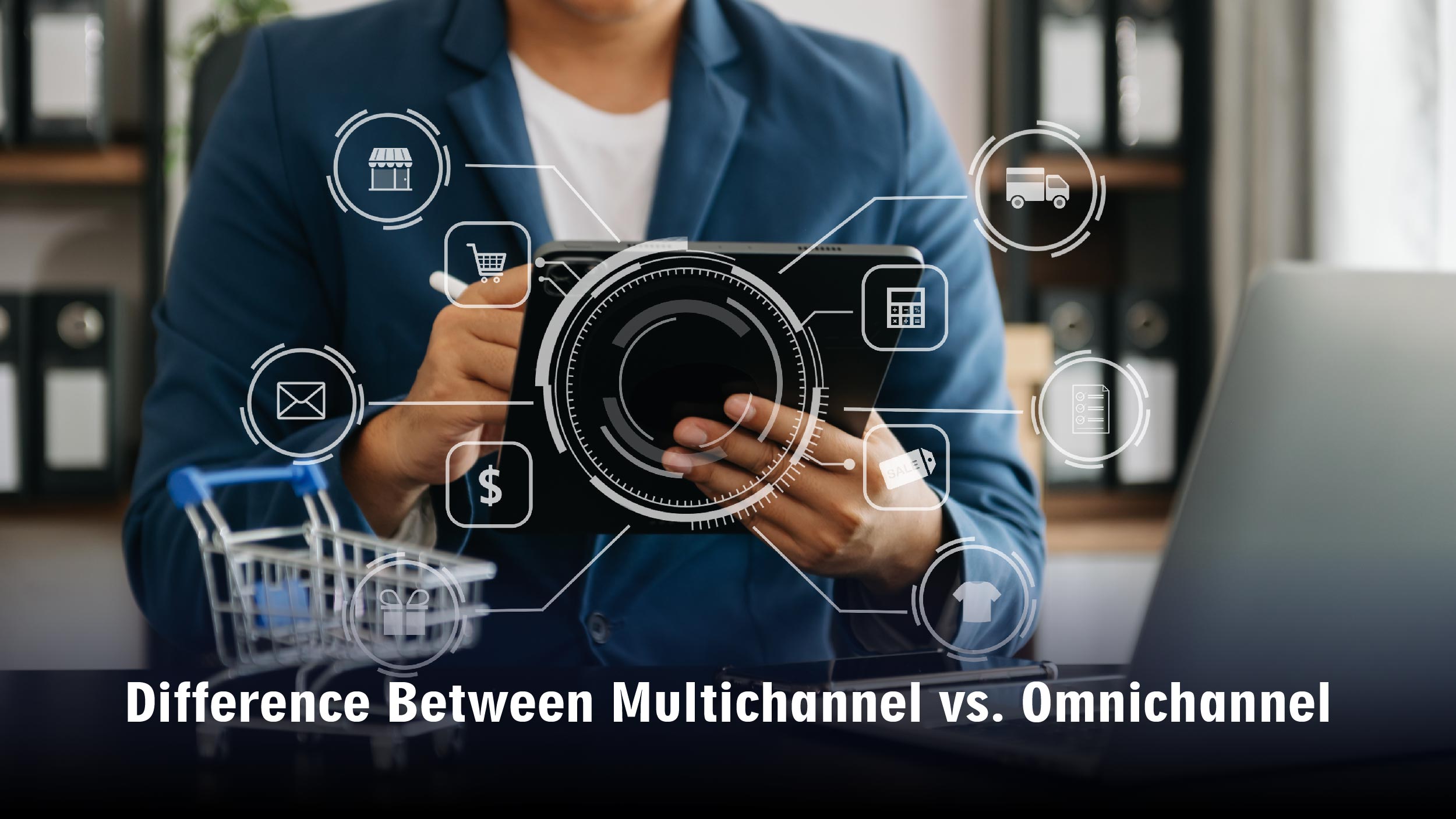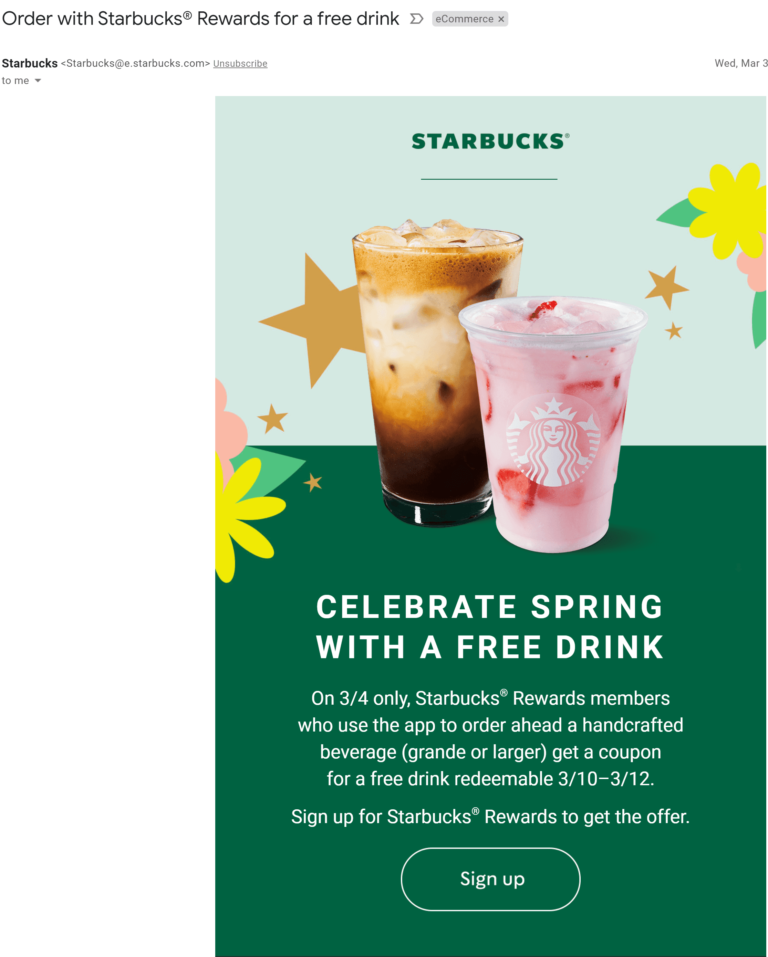In today’s increasingly digital world, customer experience is of paramount importance. You can have the best product or service but if have poor customer engagement strategies, you won’t get much sales.
This is where omnichannel retail comes into play. Omnichannel retailing enables you to both meet and surpass your client’s expectations by combining all of your sales channels and offering a unified experience. It makes interactions smooth, from the first research to the last purchase, irrespective of the touchpoints your clients select.
However, the real question is, what does omnichannel mean in retail? Well, that’s what we will be decoding in this article.
What is Omnichannel Retailing?
The goal of omnichannel retailing is to offer customers a smooth and uniform purchasing experience over a variety of channels or touchpoints. It involves integrating several offline and online sales channels to produce a cohesive mindset for business.
With omnichannel retailing, consumers may engage with a brand in a consistent and tailored way across a variety of platforms, including websites, mobile applications, social media, physical stores, and more. Companies with omnichannel strategies retain 89% of customers.
The concept of omnichannel retailing emerged as a response to customers’ growing demands for ease of use, adaptability, and a seamless online purchasing experience. The approach transcends the mere provision of numerous channels and centers on establishing a cohesive client experience throughout all points of contact.
Businesses can track consumer interactions, preferences, and habits across channels by utilizing data and technology. This enables tailored marketing recommendations, expedited transactions, and personalized recommendations.
Also Read: Transportation Logistics: The Definitive Guide
What Are The Three Elements Of Omni-Channel Retailing?

Every omnichannel retail strategy has these three components:
- Data: In omnichannel retailing, data is essential. Businesses want data about their clients, including their buying patterns, habits, interests, and cross-channel interactions. By gathering and examining consumer information, companies can make informed decisions and offer tailored experiences at every point of contact.
- Technology: Multiple channels must be supported, and smooth integration and communication between them are made possible by technology. Utilizing platforms and technologies to manage inventories, gather and track customer data, streamline transactions, and offer a consistent customer view across channels are all part of it. Businesses can provide clients with individualized interactions and consistent experiences thanks to technology.
- People: The omnichannel retailing model relies heavily on people. This covers both the company’s staff members and the clients themselves. To provide a smooth and customized experience across channels, employees must receive the appropriate training and be armed with the requisite knowledge and abilities. Conversely, when customers engage with a brand across several touchpoints, they anticipate a unified and coherent experience.
Businesses may develop a unified and integrated omnichannel retailing strategy that fulfills customer expectations, stimulates engagement, and cultivates brand loyalty by skillfully utilizing these three components.
Difference Between Multichannel vs. Omnichannel

The focus and methodology of multichannel and omnichannel retailing are different. Multichannel retailing is the practice of businesses offering customers a variety of ways to engage and make purchases through a variety of channels, including websites, mobile applications, social media platforms, and physical storefronts. However, since these channels frequently operate separately, the approach is fragmented and lacks coherence. Each channel can have unique consumer experiences and marketing tactics.
Conversely, omnichannel retailing adopts a customer-centric strategy to provide an effortless and uniform experience over all channels. Its main goal is to provide a cohesive and customized purchasing experience by combining all sales and marketing channels. This strategy involves channels cooperating to provide a seamless experience by exchanging data and insights. Customers’ preferences and interactions are retained and carried across as they move across channels with ease. Regardless of the touchpoints that clients select, the objective is to provide a linked and continuous experience.
Omnichannel Retail Strategy
Customer Segmentation
There are several strategies to segment your consumer base; you need to decide which will be most effective for your company. Identifying unique groups within your target market allows you to further tailor your offering to them. This process is often referred to as market segmentation.
What makes this valuable?
By segmenting your consumer base, you may create a more effective and customized approach to target distinct audiences rather than relying on a universal solution.
Several characteristics are utilized by certain retailers to categorize their clientele, including:
- Range of income
- Geographical area
- Generation
- Value
- Analyze Online Behavior
You can go more deeply into how to arrange your offer for each of the distinct consumer categories after you’ve identified them.
Identify the Right Channel Used by Customers
Imagine you’re looking for something to buy. The place you start depends entirely on what you’re looking for. The same goes for businesses trying to reach you!
Big companies often cast a wide net at first, using big platforms like Amazon or Facebook to reach a lot of people. As their business grows, they can target specific groups. For example, a watch seller might use Snapchat for younger folks or a website like Mercado Libre for customers in Latin America.
Understanding where your customers “shop” online is key to reaching them effectively.
To find the right channels for your business, you need a mix of data:
- Talk to your customers directly: This helps you understand their thought process and what motivates them to buy.
- Track your results: See which channels bring in the most sales or happy customers.
By combining these approaches, you can identify the best channels to focus on and create a great shopping experience for your customers there.
Map Customer Buy Persona
Let’s consider the journey of someone looking to buy a new smartphone:
- Initial Research: They might start by browsing tech websites or watching review videos on YouTube to gather information about the latest smartphone models.
- In-Store Visit: After narrowing down their options, they might visit a local electronics store to see the phones in person, test out features, and compare prices.
- Online Comparison: Back at home, they might continue their research online, comparing prices and reading customer reviews on e-commerce websites like Amazon or Best Buy.
- Social Media Influence: They might come across sponsored posts or ads on social media platforms like Instagram or Facebook, showcasing deals or promotions for specific smartphone models.
- Final Purchase: After weighing all the factors, they make their final decision and purchase the smartphone either online or in-store, depending on which option offers the best deal or convenience.
Throughout this journey, the customer interacts with various channels, both online and offline, before making a purchase decision. Understanding these touchpoints and the customers’s motivations behind them is crucial for businesses to create a seamless omnichannel experience.
Provide Consistent Customer Support Across Channels
- Customers expect seamless support regardless of where they interact with your brand (website, social media, etc.)
- Offer cross-channel support to ensure a smooth customer journey and avoid frustrating experiences.
Integrate Your Technology For A Unified View
- Unify your inventory and product information across all channels to avoid inconsistencies.
- Tools like data feed management and multichannel selling platforms can streamline this process.
- Integration allows for better data analysis, improved customer support handoffs, and a more cohesive brand experience.
Future of Omnichannel in Retail
Continuously enhancing customer engagement and experiences across different channels is an ongoing priority. Today’s customers demand convenience, requiring seamless transitions between digital interactions and in-store experiences.
With recent shifts in consumer behavior, convenience may no longer solely imply avoiding physical stores. Instead, customers seek meaningful reasons to visit stores, such as exclusive experiences unavailable online or hybrid experiences that begin digitally and conclude in-store. Therefore, retailers must innovate by crafting unique and personalized buying experiences tailored to their customers’ preferences and needs.
For instance, picture a customer browsing or purchasing a product on their mobile device. The data generated during this transaction journey is relayed to the retailer’s systems, which analyze trends, behaviors, and product updates. Armed with this insight, the brand’s sales representatives can promptly access and leverage the information, using point-of-sale (POS) systems or other enabled devices to offer personalized upsells or promotions to the customer. Furthermore, retailers can utilize data analytics to identify buying patterns, monitor product performance, and refine sales strategies and marketing campaigns accordingly.
Examples of Omnichannel Retail
Disney
Disney is renowned for using cutting-edge omnichannel marketing strategies. Their online storefronts, mobile apps, and physical locations are all perfectly integrated to give customers a connected and engaging experience. Customers can switch between channels and still receive a tailored and consistent experience due to this connection.
Using an omnichannel strategy, Walt Disney generated distinct profiles for each member of the household. Disney offers a variety of products with Disney themes in its online store and in actual retail locations, which it leverages as part of its omnichannel strategy.

Crate & Barrel
By implementing an omnichannel customer experience strategy, Crate & Barrel was able to improve its mobile and web storefronts and increase sales by 10% with Shopify Plus. They give customers a seamless shopping experience by combining their online and offline channels, enabling them to explore, research, and make purchases at several touchpoints.

Starbucks
The company is renowned for using a successful omnichannel approach. They have developed an omnichannel funnel that gradually boosts loyalty and brings in new clients. Starbucks offers its consumers a connected and easy experience through multiple channels, including smartphone ordering, reward programs, and personalized recommendations. Starbucks came up with rewarding loyal clients with special deals and experiences.

Final Takeaway
Consumers anticipate omnichannel shopping to be seamless. Retailers nowadays have to adjust to the changing requirements and behaviors of their customers and reassess their target market knowledge.
This shift has prompted retailers to have a thorough and all-encompassing omnichannel approach. Furthermore, great omnichannel retail relies on a solid base, bolstered by the four pillars of operations: shipping and fulfillment, marketing and advertising, and sales channels.




